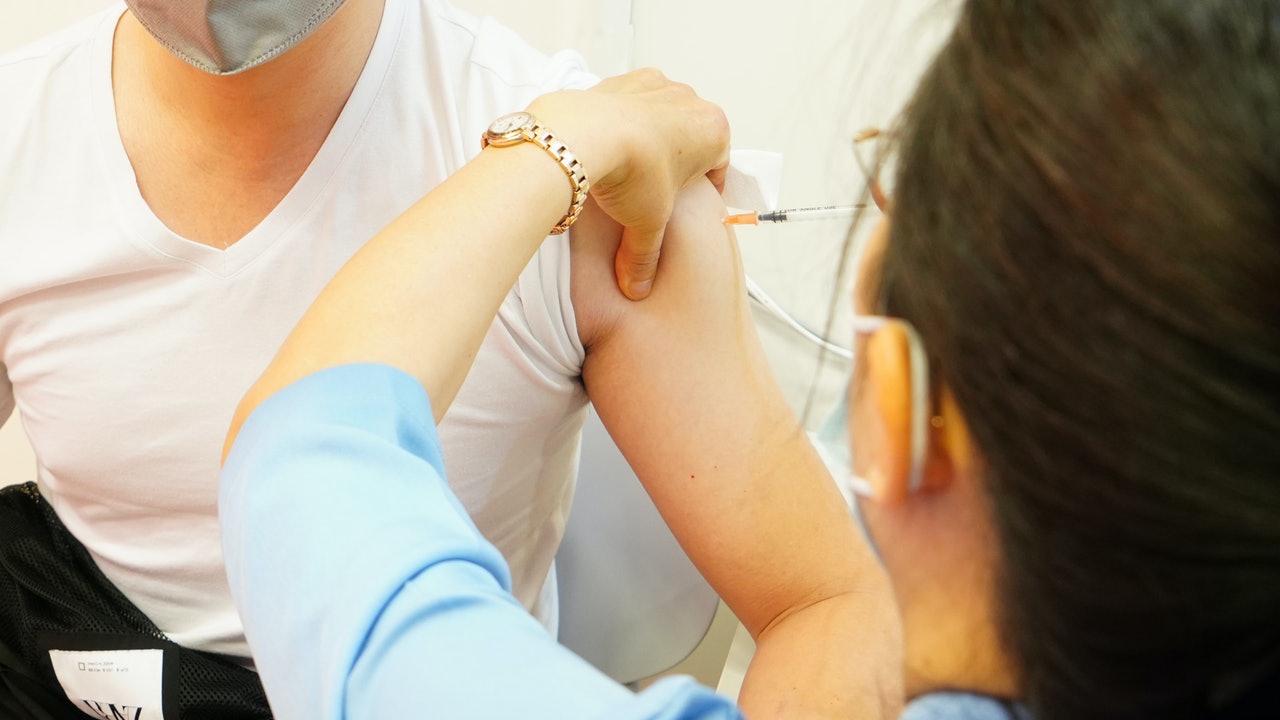The fifth wave of the epidemic in Hong Kong has accumulated more than 1.2 million positive cases.
Although the epidemic continues to ease, and the daily number of confirmed cases has dropped to triple digits, the sequelae caused by various new coronary pneumonia have gradually emerged and attracted more and more attention.
Dr. Lo Chi Wai, Specialist in Respiratory System, Greater Bay Area Medical Association
The long-term symptoms of the new crown "long-term new crown" is also known as the chronic COVID 19 syndrome (chronic COVID 19 syndrome), or postacute sequelae of SARS-CoV-2 infection {PASC}.
According to the clinical definition published by the World Health Organization in October 2021, long-term symptoms of the new crown usually appear within three months of infection, last for at least two months, and cannot be explained by other diagnoses. Symptoms persist for weeks, months or even up to one year.
The "long-term new crown" is a series of symptoms that appear in acute infection with the new coronavirus, which can involve multiple systems in the body.
Its main symptoms include fatigue, memory and concentration problems (also known as "brain fog") and muscle pain.
In addition, the more common persistent symptoms include shortness of breath, chills, body aches, headache, joint pain, chest pain, cough, and persistent loss of taste or smell.
Due to the relatively general symptoms of the new crown, it cannot be measured solely by objective indicators such as blood draws and examinations.
Therefore, relevant studies around the world have different data or analysis, which affects the accuracy.
The World Health Organization estimates that about 10-20% of patients with acute new coronary infection will have delayed symptoms for weeks to months after infection.
A study by a local medical school found that 3 out of every 4 recoveries in Hong Kong are plagued by the novel coronavirus. It can be seen that the novel coronavirus will bring a heavy burden on medical care and the economy, and the situation cannot be ignored.
In fact, the long new crown is not directly caused by the virus, but when the new crown virus invades the body, it causes damage to different organs including the brain, heart, lungs, intestines, etc.
As the virus destroys, it stimulates the immune system and triggers persistent inflammation in the body, causing extended symptoms.
The long-term new crown is not necessarily related to whether there is severe disease after infection, and both asymptomatic and mildly infected people may suffer from it.
For the long-term new crown, the current treatment plan is mainly to care for the specific symptoms of the patient.
For example, patients with impaired sense of smell can recover part of their sense of smell after vitamin A and aromatherapy treatment.
Relieving the symptoms of the new crown cannot rely on drugs alone, but through some rehabilitation treatments.
If the lung function is damaged due to the new coronavirus, specialists and physical therapists can develop a rehabilitation plan and do lung-specific exercises.
The most effective way to prevent COVID-19 is to prevent infection.
In addition to wearing masks, maintaining personal hygiene, and implementing social distancing, vaccination is the most important part.
Completing the vaccination can not only reduce the risk of infection; once infected, the viral load of the vaccinated person will remain high for a shorter period of time, the damage to the body is relatively limited, and the risk of sequelae will naturally be reduced.
Regular work and rest, enough exercise, and a balanced diet can enhance immunity, clear the virus as soon as possible, speed up the body's ability to repair itself, and help reduce the sequelae of the new crown.
The new crown virus only appeared at the end of 2019, and the global pandemic began in early 2020. Most of the research on the long new crown is also in the early stage.
The public should pay attention to their physical and mental condition after recovery, seek medical treatment as soon as possible to improve the sequelae, and prevent them from becoming an alternative long-term patient.
Telemedicine helps fight the epidemic online diagnosis and provides appropriate treatment for home-isolated patients
The relationship between doctors and patients under telemedicine Can telemedicine break the imbalance between public and private medical care in Hong Kong?
Maintain "dynamic training" under the new crown epidemic to help the recovered patients fight against the long new crown symptoms












